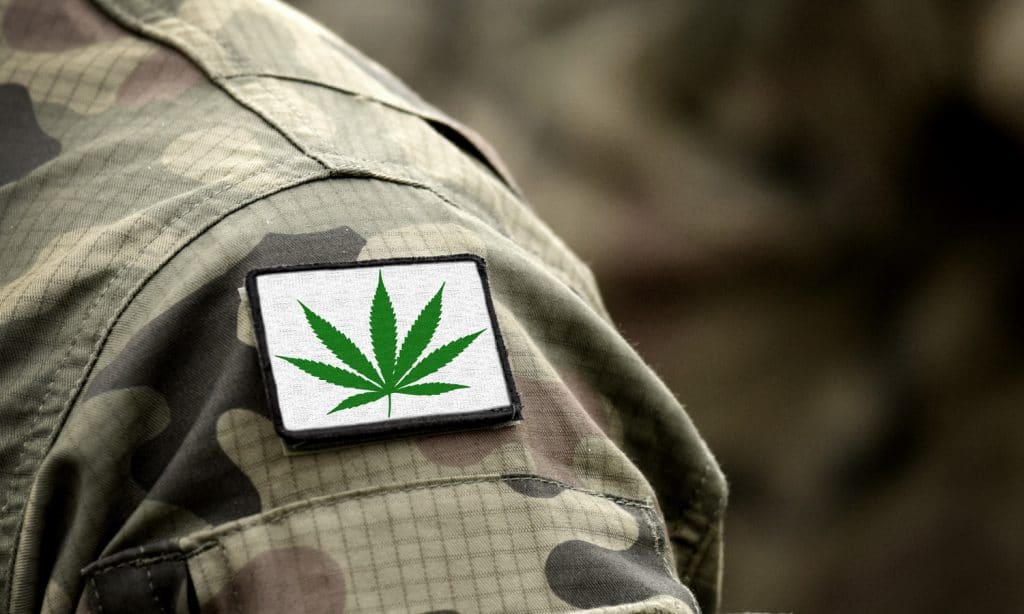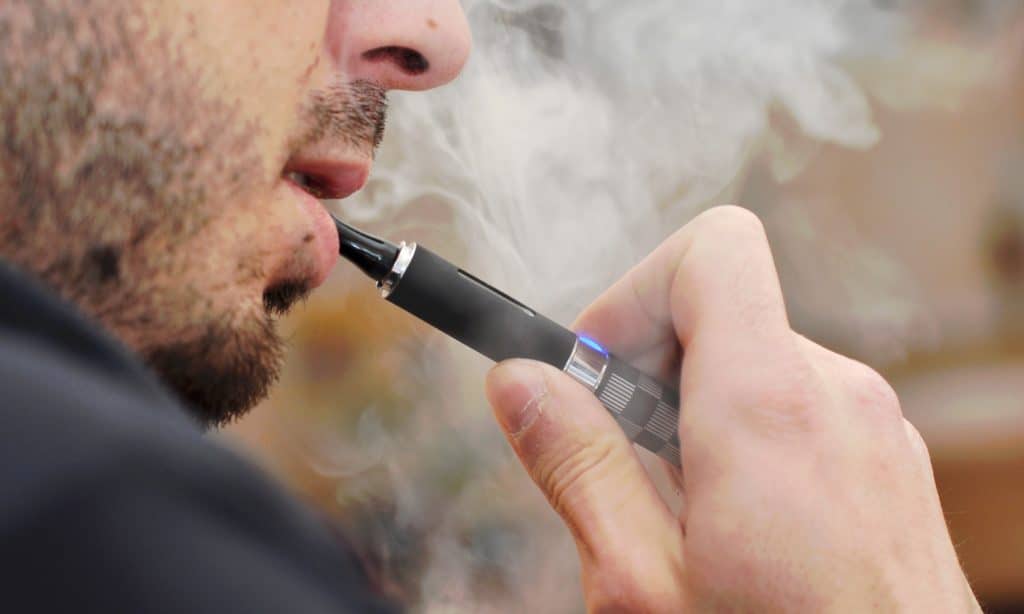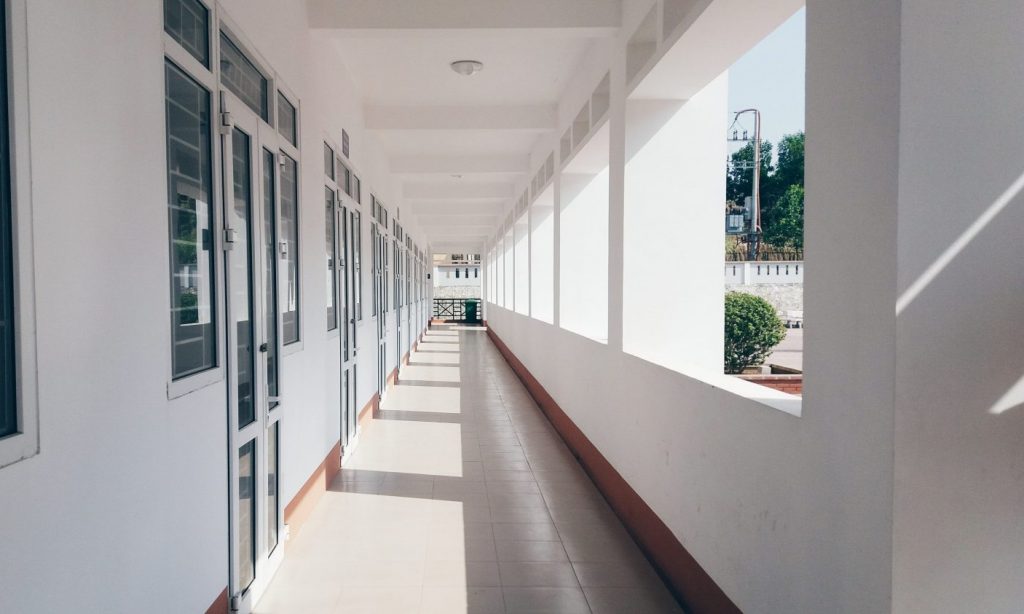A new study refutes what many claim is a danger of legal cannabis, as the findings showed that, while alcohol can have an impact on cortical thickness in younger users, cannabis does not.
The study, titled “The effects of alcohol and cannabis use on the cortical thickness of cognitive control and salience brain networks in emerging adulthood: A co-twin control study,” was published in the journal Biological Psychiatry and conducted by researchers at the University of Minnesota.
These researchers looked at the relationship between alcohol and cannabis exposure when it comes to the brain morphology of young adults. It considered a population-based sample of 436 twins, all 24 years old. By looking at frequency, density, quantity, and level of intoxication from both alcohol and cannabis, the researchers were able to gather data about how cannabis impacts cortical thickness. The cortical consistency was measured using magnetic resonance imaging.
When conducting this research, the team kept in mind that other studies often assume that even casual substance exposure can have an impact on brain structure. However, until now, this was a largely untested theory, and one that does not take other factors like familiar risk into account. By studying the twins who were using alcohol and cannabis, the study was able to directly measure how the two different substances can affect people.
The study explained, “Greater alcohol, but not cannabis, misuse was associated with reduced thickness of prefrontal and frontal medial cortices, as well as [the] temporal lobe, intraparietal sulcus, insula, parietal operculum, precuneus, and parietal medial areas.”









